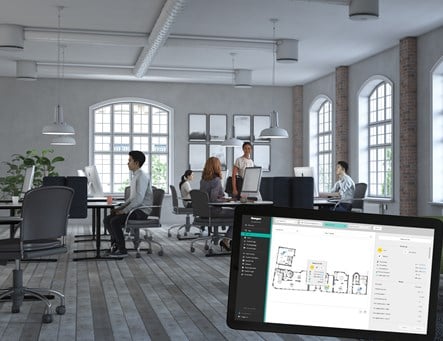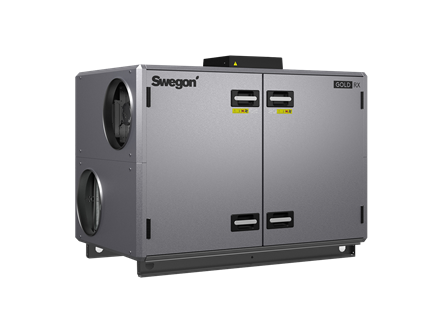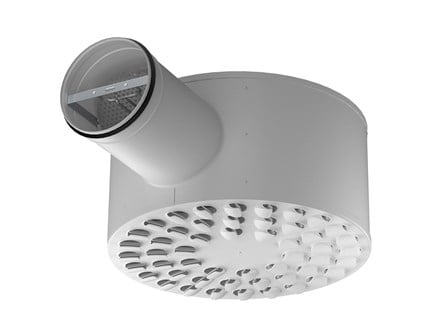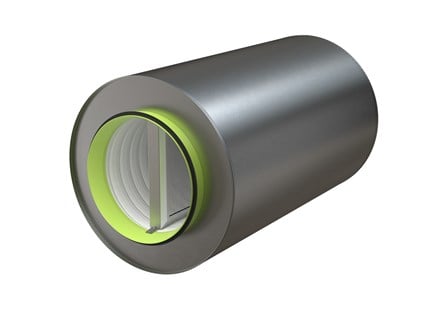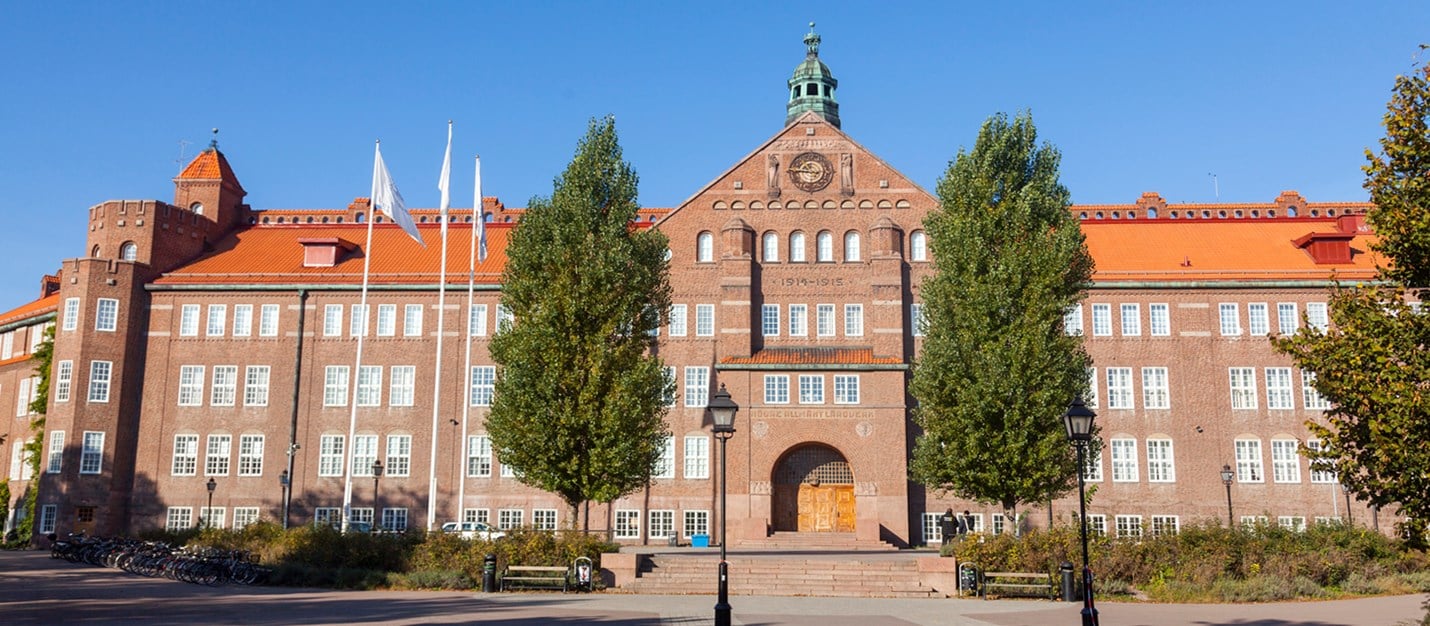
A remarkable, but not unbeatable, energy save
A school more than hundred years old
Katedralskolan in Linköping is an upper secondary school with a history dating back to the 17th century. Today’s school building is from year 1915 and cover 8 000 sqm over a total of 5 floors.
A few years ago the municipality of Linköping and its real estate company, Lejonfastigheter, had a choice of either renovate Katedralskolan or raise a complementary building for a proportion of the students to move into. It was decided to renovate.
At that time, it was evident that the current indoor climate solution was not sufficient in relation to the number of students and teachers working in the building. It was ascertained that the energy consumption was unnecessarily high and developments in the HVAC industry had taken a few leaps since the existing products were installed. For example, the air handling units in Katedralskolan only had heat recovery of a less than half of the total air flow.
Energy consumption in a school building
Easily described, an indoor climate solution today may consist of air handling units, chillers or and/or heatpumps, air diffusers and/or climate modules. All these require electricity for daily operation but even if improvements can be made on this fundamental level, the significant savings come from heat recovery, fan or water optimisation and from applying a demand-controlled indoor climate.
Schools are among the building applications with the most distinct changes in occupancy and activity. The utilisation of classrooms vary both over the day and the year depending on the subject and level of education. That means that classrooms can be empty for quite some time, however, when in use, classrooms are most often crowded. These rapid changes are successfully managed by products and services with modern technologies and systems, and which also allow for considerable improvements in energy consumption. All without making compromises with the indoor climate.
Read our expert’s blog, Would we let our kids skip breakfast before school?
How to fit a modern HVAC-solution into an old building?
A few challenges followed the project, most of them related to the fact that the building is preserved for cultural heritage. No changes could be made to the outside of the building and few adjustments were allowed inside. Challenging as normally holes are made in a building to either allow ducts or entire shafts to run through. If that would cause too much harm to a an indoor environment’s aesthetics or, in this case, a building’s original design an alternative is to run the ducts on the outside of the building. Understood from the information above, the latter was not an option.
Further, the indoor climate in the school required relatively large air flows which in turn made it necessary to use large sized air handling units. However, the air handlers could not be placed on the roof, since it would affect the appearance of the building, and not in the attic due to the inclined ceiling. We at Swegon together with the other parties in the project had to do something different.
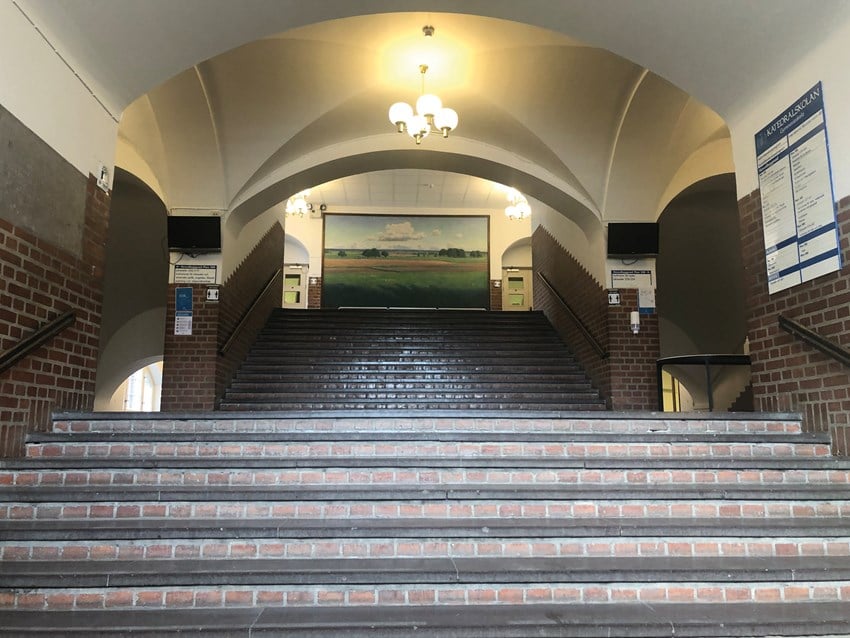
Two smaller shafts and four smaller air handlers
We at Swegon, together with our project partners, were able to avoid the magnificent stairwell in the school and find two places in the building where smaller shafts with exposed duct work could be placed. For the installation to melt in, the project group decided to paint all ducts in a customised colour that would blend in with the interior design.
As the attic was the only available space for our air handling units it was decided to select two smaller Swegon GOLD RX units per machine room and run them in a parallel manner, serving the same ductwork.
Energy efficiency from heat recovery
Air handlers without heat recovery is bringing cold air from the outside and heats it, in the Nordics sometimes up to 40 degrees Celsius, to meet the indoor climate requirements. At the same time the same units, without energy recovery, extracts the warm inside air as it is, full of heat energy.
The new Swegon GOLD RX air handlers in Katedralskolan were expected to make significant energy savings, in part thanks to their rotary heat exchanger but also as a result of today’s vastly improved fan-efficiency. Now, in the fall of 2022 we have measured an impressive, but yet not surprising nor unbeatable, energy save of 445 MWh yearly. Primarily this save comes from heat recovery and reduced fan energy-dependency, however, it also comes from reducing the air flow during periods when classrooms and are empty. The latter is achieved by the means of our Swegon WISE system, see the next section.
Read our blog about energy efficiency and AHU
Learn more in our technical guide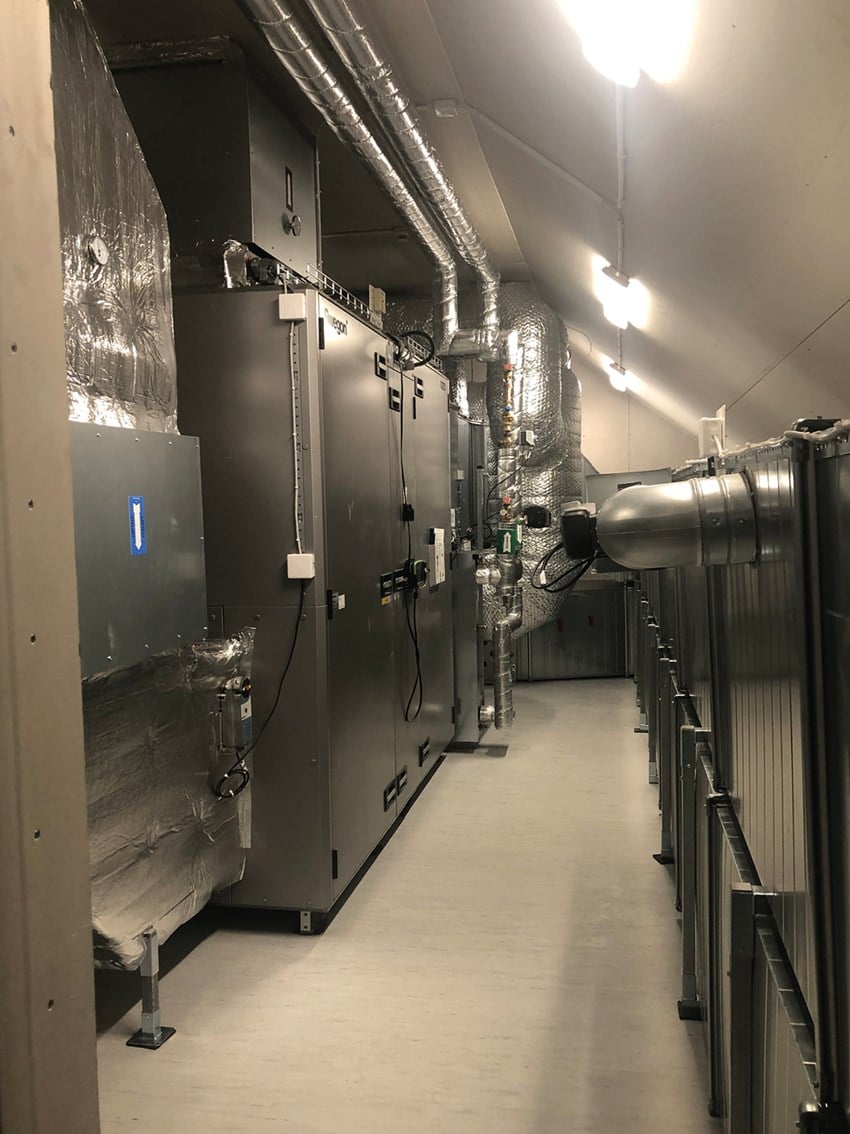
The fan is built into the air handling unit and is responsible for delivering fresh air from the AHU to the room. Modern fans are more efficient as a result of improved fan motors but also thanks to today’s operation mode. Looking in the rear-view mirror, historically a fan operated with adjustments made by moving between fan levels, up or down. Today they operate “seamless” and may gradually and finetuned increase or decrease its activity – something that makes a clear difference in energy consumption.
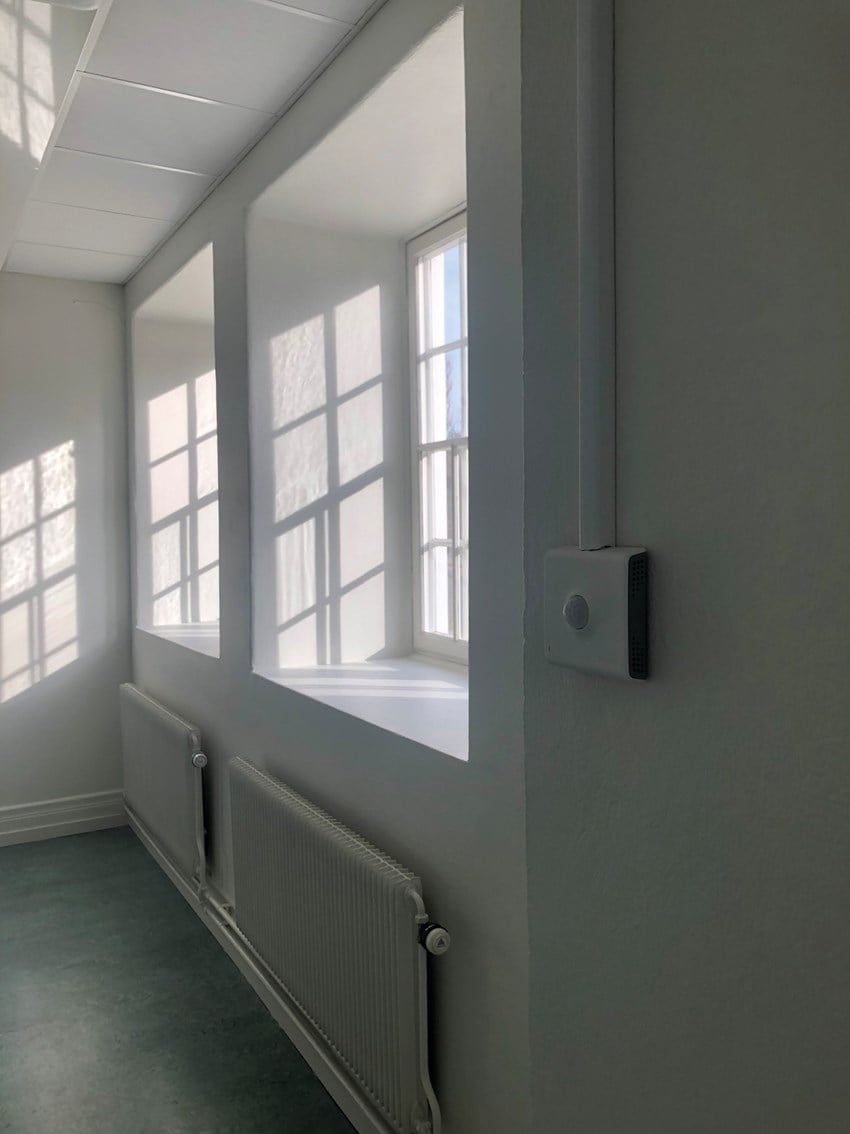
Swegon WISE for a demand-controlled indoor climate
Swegon WISE is a complete system comprising all the products needed for an optimal indoor climate. The basic purpose of WISE is to adjust the indoor climate to exactly the level required. It ventilates, cools and heats neither too much – which costs energy – nor too little – which adversely affects comfort, but only as much as is needed.
Coming back to the fact that a classroom is usually not fully utilized, an extraordinary energy save is expected if classrooms go from being ventilated, heated or cooled during the entire school day to only when they are occupied.
WISE is not only regulating the air flow to answer to the actual need in the different classrooms, it is also optimizing pressure in the entire system which increase, maximise, the energy save even further.
Our monitoring of Katedralskolan, conducted a while after the new indoor climate solution was taken into operation, show that the schools is ventilated 20% less compared to the previous constant pattern. Which, together with the modern fans, gives a 46% save of fan-energy.
Read our experts blog about demand-controlled indoor climate
A 70% save is remarkable, but not unbeatable
Explained above are the vast savings in energy from different parts of the provided solution. All in all, the total yearly energy save measured at Katedralskolan is remarkable 70%, but not unbeatable. Not mentioned so far are the energy-savings that remote monitoring of the operation and remote service that Lejonfastigheter has gained access to with this modern indoor climate solution.
Last, but indeed not the least, the indoor climate at Katedralskolan has taken leaps in terms of performance which creates a significantly better indoor climate and which in turn enables much better productivity among the students.
Learn more about productivity in our Indoor climate guide
Guide: Energy efficiency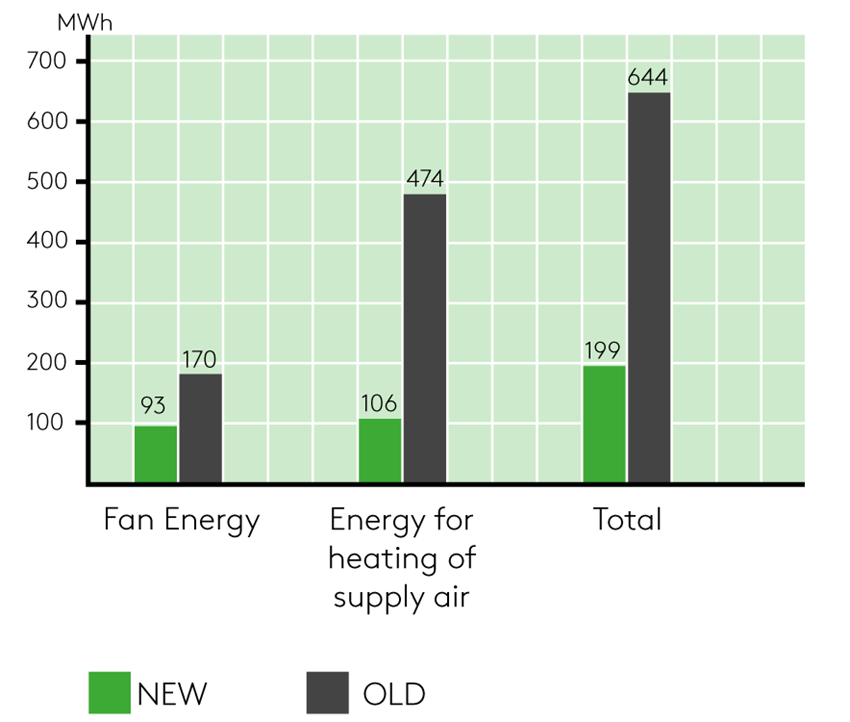
Products and systems
Selected products and systems provided to Katedralskolan
